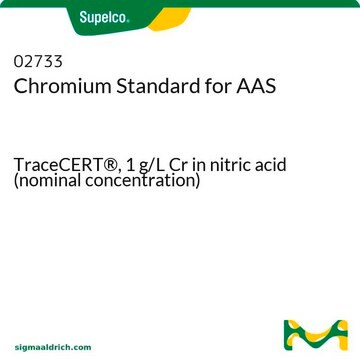S7001
Strychnine hemisulfate salt
≥98.0%, suitable for ligand binding assays and NMR
Synonym(s):
Strychnidin-10-one sulfate (2:1)
About This Item
Recommended Products
product name
Strychnine hemisulfate salt,
Assay
≥98.0%
form
powder
technique(s)
NMR: suitable
ligand binding assay: suitable
color
white to off-white
SMILES string
OS(O)(=O)=O.O=C1C[C@@H]2OCC=C3CN4CC[C@@]56[C@@H]4C[C@@H]3[C@@H]2[C@@H]5N1c7ccccc67.O=C8C[C@@H]9OCC=C%10CN%11CC[C@@]%12%13[C@@H]%11C[C@@H]%10[C@@H]9[C@@H]%12N8c%14ccccc%13%14
InChI
1S/2C21H22N2O2.H2O4S/c2*24-18-10-16-19-13-9-17-21(6-7-22(17)11-12(13)5-8-25-16)14-3-1-2-4-15(14)23(18)20(19)21;1-5(2,3)4/h2*1-5,13,16-17,19-20H,6-11H2;(H2,1,2,3,4)/t2*13-,16-,17-,19-,20-,21+;/m00./s1
InChI key
GOOCRIHPADOQAS-ZNUXJMJHSA-N
Related Categories
Biochem/physiol Actions
Signal Word
Danger
Hazard Statements
Precautionary Statements
Hazard Classifications
Acute Tox. 1 Oral - Acute Tox. 2 Inhalation - Aquatic Acute 1 - Aquatic Chronic 1
Storage Class Code
6.1A - Combustible acute toxic Cat. 1 and 2 / very toxic hazardous materials
WGK
WGK 3
Flash Point(F)
Not applicable
Flash Point(C)
Not applicable
Certificates of Analysis (COA)
Search for Certificates of Analysis (COA) by entering the products Lot/Batch Number. Lot and Batch Numbers can be found on a product’s label following the words ‘Lot’ or ‘Batch’.
Already Own This Product?
Find documentation for the products that you have recently purchased in the Document Library.
Customers Also Viewed
Our team of scientists has experience in all areas of research including Life Science, Material Science, Chemical Synthesis, Chromatography, Analytical and many others.
Contact Technical Service













